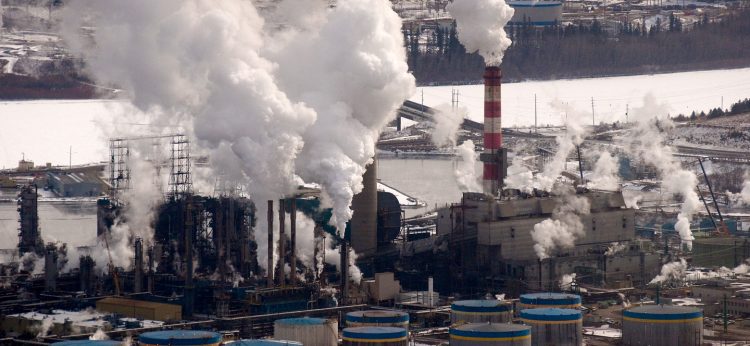
ARC is a Canadian oil and gas corporation, with its largest assets focused on hydraulic fracturing (“fracking”) in the Montney play of British Columbia (BC) and extracting conventional crude oil in the Pembina Cardium region of Alberta.

The BC Oil and Gas Commission (OGC) is a regulatory agency that oversees the oil and gas industry in the province of British Columbia. It is a Crown corporation whose purview includes upstream exploration, downstream development, pipeline transportation and environmental reclamation.
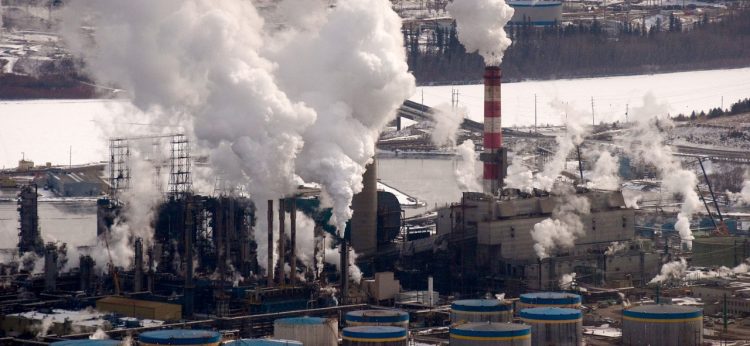
MEG Energy is an in situ oil sands producer operating in Alberta’s Athabasca region. Its operations target the production of heavy crude oil—one of the most carbon-heavy oil sources produced in the country.

Shell Canada (“Shell”) is a subsidiary of Netherlands-based Royal Dutch Shell plc (RDS) and one of Canada’s largest integrated oil and gas companies. Its wide-ranging operations include exploring for and producing oil and natural gas, as well as processing, refining, marketing and distributing oil and gas products.

Funded by Canada’s largest oil sands companies, Canada’s Oil Sands Innovation Alliance (COSIA) operates as a networking and funding hub for academics, oil sands producers and government intent on researching methods to lessen the ecological impacts of oil sands development. Described by one pundit as “crowdsourced problem solving for the oilsands,1 it currently funds 308 active projects, totalling $545 million.2 COSIA, Project Portfolio 2017: Improving Environmental Performance through Open Innovation, https://www.cosia.ca/sites/default/files/attachments/2017-COSIA-Project-Portfolio.pdf.

The Canadian Energy Pipeline Association (CEPA) is an industry association representing 97 per cent of Canada’s oil and natural gas pipeline companies, making it a key legitimator. The total volume of fossil fuels moved by CEPA members is immense, amounting to 1.2 million barrels of liquid petroleum products and 5.4 trillion cubic feet of natural gas in 2013.3 Its members include several of our Top 50, including Enbridge Pipelines Inc., ATCO Pipelines, TransCanada Pipelines Ltd. and Trans Mountain Corporation.
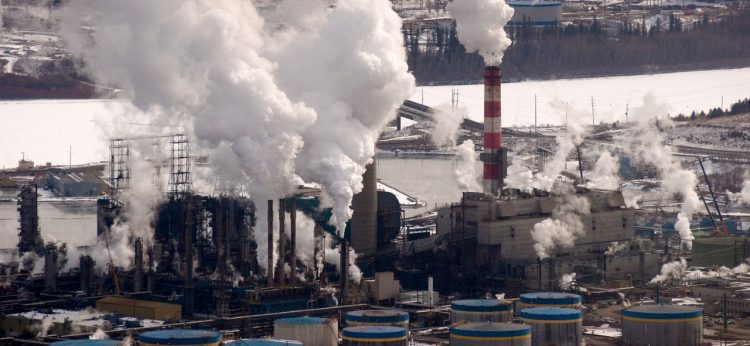
Gibson Energy Inc. is one of the largest energy infrastructure companies in Canada, providing oil storage services for the oil sands and pipeline injection stations throughout Canada and the US. Until recently it has been one of the largest crude oil hauling companies in Western Canada.
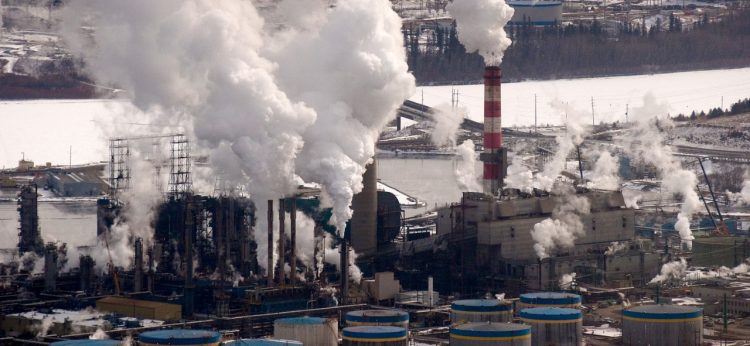
Canadian Natural Resources Limited (CNRL) is one of the largest oil and gas companies operating in Canada today, and Canada’s largest natural gas producer.4 It is also the largest private landowner in Western Canada, second only to the government.6 Its domestic assets include a mix of natural gas, light crude oil, heavy crude oil, bitumen and synthetic crude oil in British Columbia (BC) and Alberta.
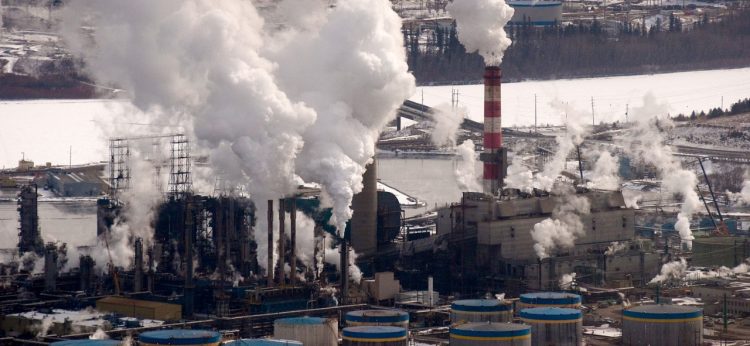
ATCO is a diversified corporation with strong roots in Canadian energy sectors. Its global subsidiaries provide a variety of energy-related services, including prefabricated housing and logistics, pipelines and distribution, and retail energy.
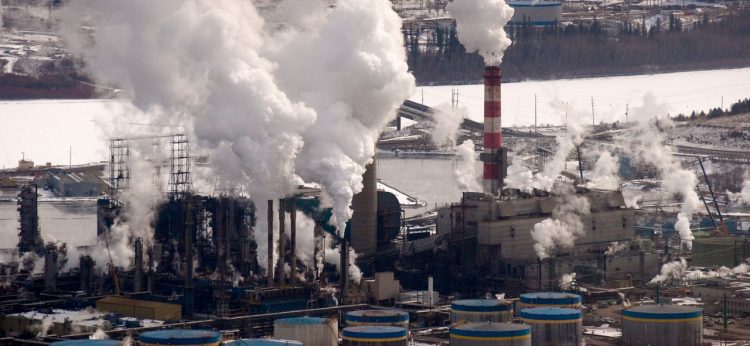
Teck Resources Ltd. is Canada’s largest diversified mining company and the world’s second-biggest exporter of steelmaking coal (metallurgical coal). The company also holds large extraction operations for zinc, copper and oil
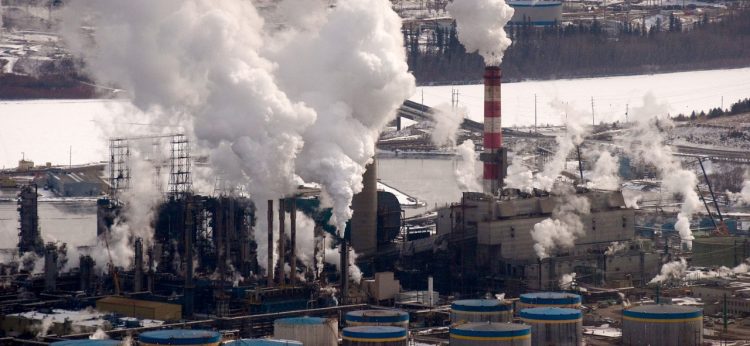
Tourmaline Oil Corporation—a natural gas and oil exploration and production company operating in Western Canada—is Canada’s second-largest natural gas producer.7
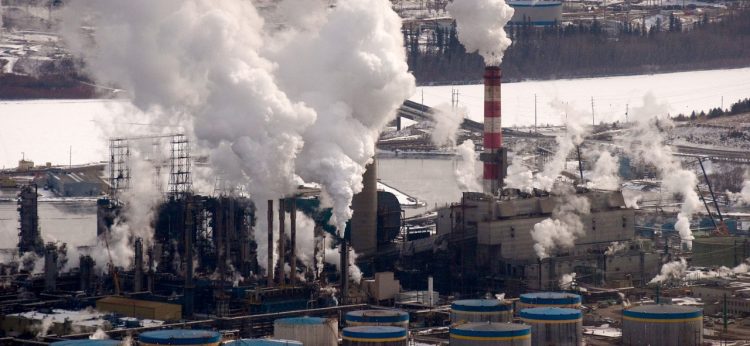
Pembina Pipeline Corporation is an oil and gas pipeline and infrastructure company based in Calgary, Alberta. Pembina operates conventional oil, heavy crude and natural gas pipelines, as well as providing storage and midstream oil and gas services in Canada and the United States.